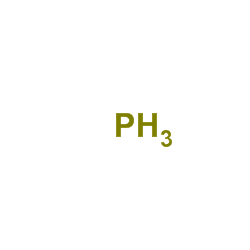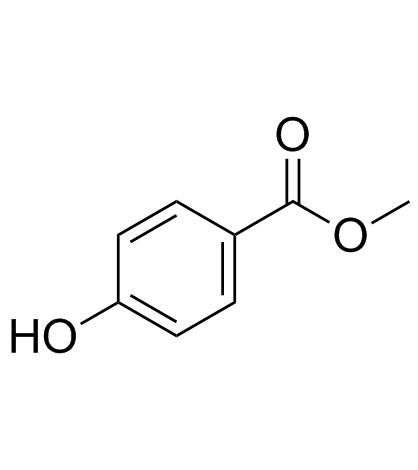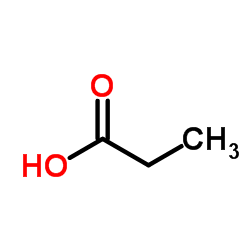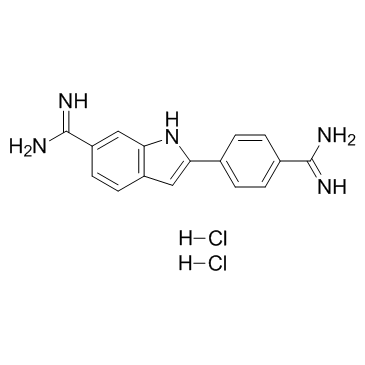| Structure | Name/CAS No. | Articles |
|---|---|---|
 |
Ethanol
CAS:64-17-5 |
|
 |
Phosphine
CAS:7803-51-2 |
|
 |
Methyl 4-hydroxybenzoate
CAS:99-76-3 |
|
 |
Propionic acid
CAS:79-09-4 |
|
 |
Phosphorus
CAS:7723-14-0 |
|
 |
4',6-Diamidino-2-phenylindole dihydrochloride
CAS:28718-90-3 |
|
 |
Methyl viologen dichloride hydrate
CAS:75365-73-0 |